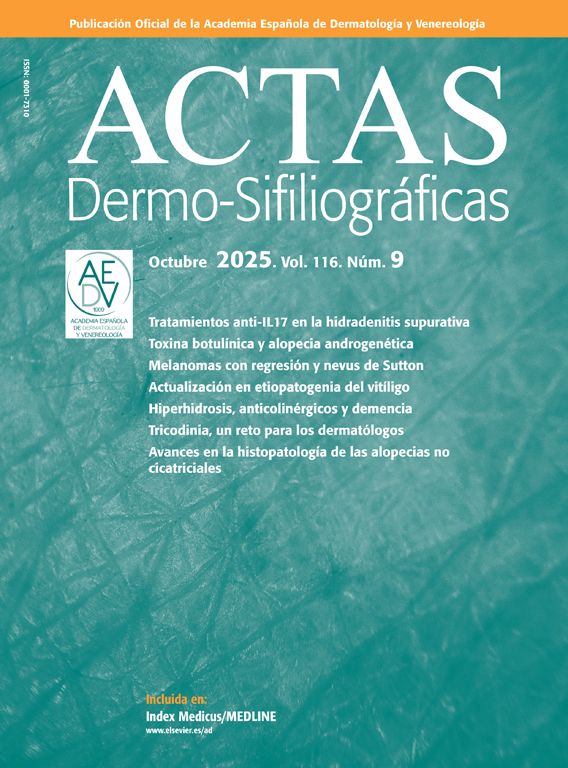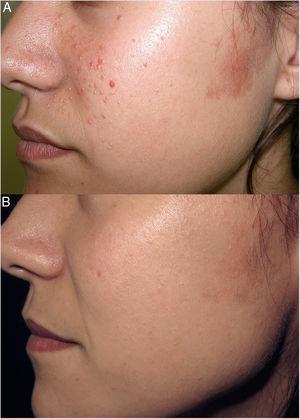Androgenetic alopecia (AGA) is the most common cause of decreased hair density in both men and women.
Among available therapies – most of them off label – bicalutamide, a selective androgen-receptor antagonist, is an interesting oral option for treating AGA in premenopausal women who show signs of hyperandrogenism such as hirsutism, acne, or seborrhea.1 It has a favorable safety profile, though laboratory monitoring with a complete blood count, liver function tests, and a lipid panel is required before and during treatment. In a retrospective study by Ismail et al., the main adverse effect was a mild (generally transient) transaminase elevation in 2.85% of patients, followed by peripheral edema and GI discomfort.2
When there is fear of or aversion to systemic therapy – or poor tolerance of the oral drug – mesotherapy (local injection of a drug to an appropriate depth at the affected site) can be an effective, safe alternative. For dutasteride, a 5-α-reductase inhibitor, an expanding literature supports mesotherapy at concentrations between 0.005% and 0.05%, with good clinical responses and virtually no notable adverse effects.3 A suitable technique uses 1-mL syringes with 30- or 32-gauge needles at a depth of 4mm, depositing 0.05–0.1mL at each injection point.4
In line with that approach, Gómez-Zubiaur et al. recently reported their experience with bicalutamide mesotherapy. They treated 6 premenopausal women (mean age, 35.7 years) with female-pattern AGA graded II–III on the Olsen scale and marked seborrhea; none had used oral, topical, or injected treatments within the previous 6 months. Two had polycystic ovary syndrome; 5, menstrual irregularities; 3, hirsutism; and 4, abdominal obesity. The protocol was mesotherapy with 0.5% bicalutamide diluted 1:1 with 2% lidocaine, injected at interparietal scalp points (0.01mL per point at 4mm depth) using a 32-gauge needle and a 1-mL syringe; 3 monthly sessions were performed. Safety: no important adverse events other than injection-site pain. Efficacy: increased hair density after the last session without a change in overall AGA severity grade (the improvement was not sustained at 6 months after the first session); seborrhea decreased as reflected by fewer scalp washes (from 5.3/week at baseline to 3.7 after three sessions, and back to 5/week at 6 months).5
In conclusion, bicalutamide mesotherapy – like dutasteride – may be a good option for patients who decline or have contraindications to systemic treatments. It shows good tolerability and promising results as an adjunct in the overall management of AGA, especially in patients with marked scalp seborrhea. However, more evidence is needed regarding efficacy, as current data come from a single six-case series of premenopausal women. At present, there are no data supporting efficacy in men.
FundingNone declared.
Conflicts of interestNone declared.




